Description
Buy Cocaine Online
Cocaine: A Detailed Description
Chemical Name: Benzoylmethylecgonine
Common Names: Coke, blow, crack, snow, flake, yayo
Drug Class: Stimulant (Schedule II in the U.S.)
Overview
Cocaine is a powerful central nervous system stimulant derived from the leaves of the coca plant (Erythroxylum coca), native to South America. It is most commonly found as a white, crystalline powder, although it also exists in a solid, rock-like form known as crack cocaine, which is designed for smoking.
Mechanism of Action
Cocaine works by blocking the reuptake of neurotransmitters such as dopamine, norepinephrine, and serotonin in the brain. This results in an intense accumulation of these chemicals in the synaptic cleft, leading to:
-
Increased alertness
- https://www.drugs.com/cdi/cocaine-topical.html
-
Euphoria
-
Heightened energy and confidence
-
Reduced appetite
Forms and Methods of Use
-
Powdered Cocaine: Typically snorted (insufflated), rubbed on gums, or dissolved and injected.
- https://www.drugs.com/cdi/cocaine-topical.html
-
Crack Cocaine: A smokable form that produces a rapid, intense high due to quick absorption through the lungs.
Short-Term Effects
-
Euphoria and increased energy
-
Mental alertness
-
Talkativeness
- https://www.drugs.com/cdi/cocaine-topical.html
-
Hypersensitivity to sound, light, and touch
-
Decreased need for food and sleep
-
Elevated heart rate and blood pressure
Long-Term Effects and Risks
-
Addiction: Cocaine is highly addictive, both psychologically and physically.
- https://www.drugs.com/cdi/cocaine-topical.html
-
Cardiovascular issues: Heart attacks, arrhythmias, and strokes.
-
Mental health issues: Anxiety, paranoia, aggression, hallucinations, and psychosis.
-
Nasal damage: Snorting can erode nasal tissues.
-
Respiratory issues: Especially with crack cocaine.
- https://www.drugs.com/cdi/cocaine-topical.html
-
Weight loss and malnutrition
-
Social and legal consequences
Medical Use
Despite its high potential for abuse, cocaine has limited medical uses. As a Schedule II controlled substance, it is occasionally used as a topical anesthetic in ear, nose, and throat (ENT) procedures due to its numbing properties and ability to constrict blood vessels.
https://www.drugs.com/cdi/cocaine-topical.html
History
Cocaine has been used for thousands of years by indigenous South American cultures. It was isolated from coca leaves in the 19th century and was once a common ingredient in tonics and early formulations of products like Coca-Cola. It was also famously endorsed by Sigmund Freud for its stimulating effects before its addictive properties were fully understood.
https://www.drugs.com/cdi/cocaine-topical.html
Legal Status
Cocaine is illegal for recreational use in most countries. Possession, distribution, and production are subject to strict legal penalties. However, medical-grade cocaine can be prescribed under specific circumstances in certain jurisdictions.
Addiction and Treatment
https://www.drugs.com/cdi/cocaine-topical.html
Cocaine addiction is treated through a combination of:
-
Behavioral therapy (e.g., CBT)
-
Support groups (e.g., Narcotics Anonymous)
-
Rehabilitation programs
-
No FDA-approved medication currently exists for cocaine addiction, though research is ongoing.
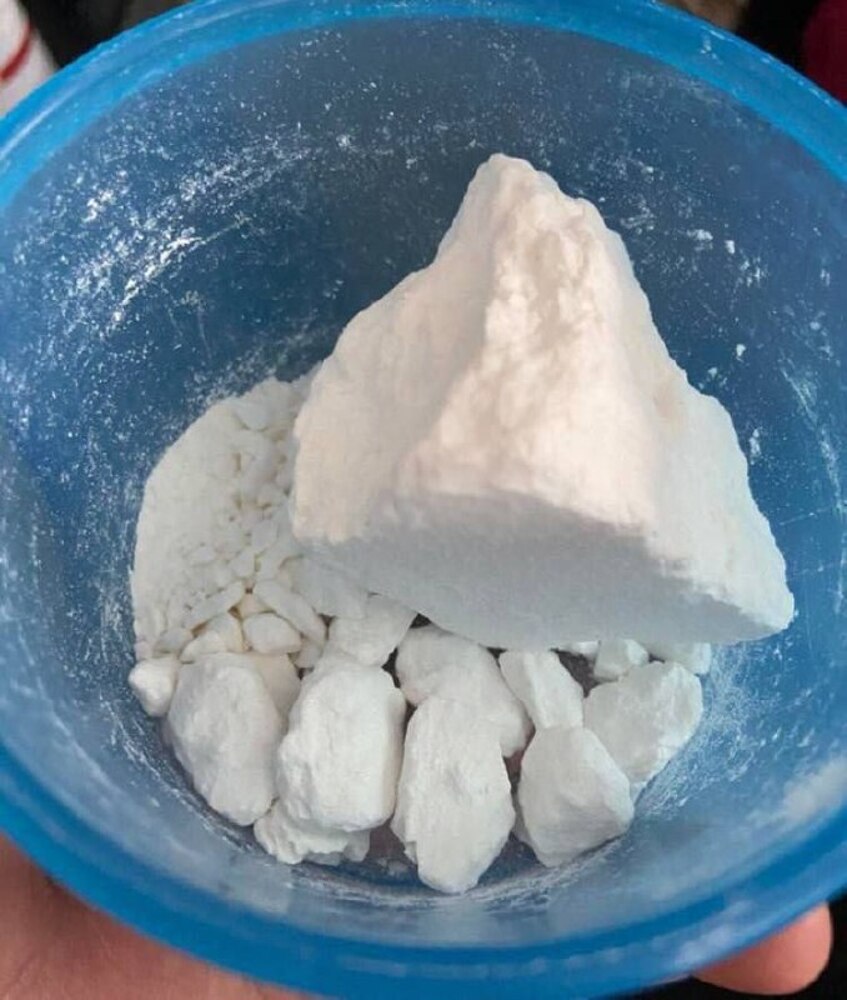
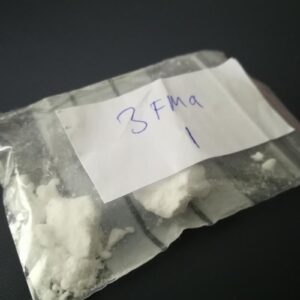
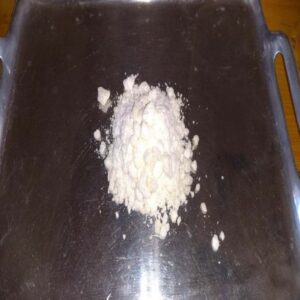
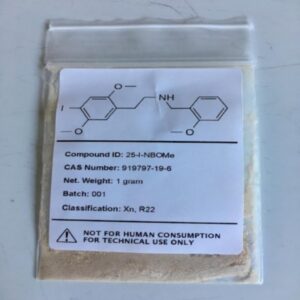
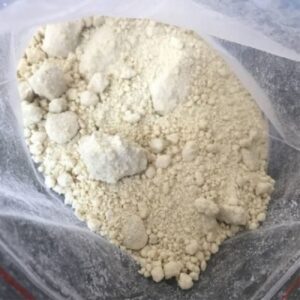
Reviews
There are no reviews yet.